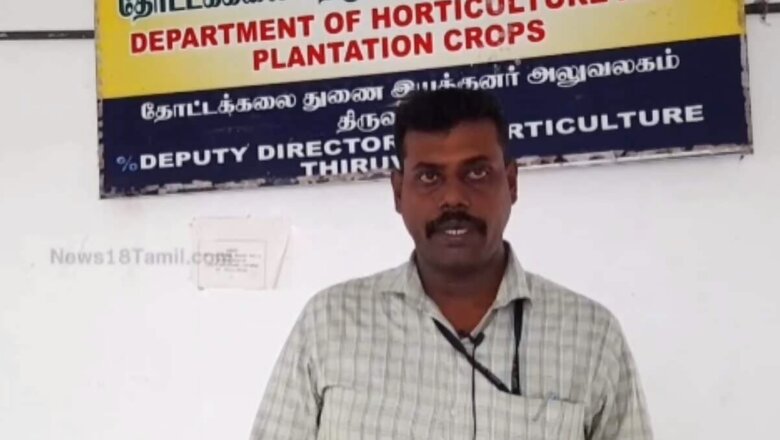
views
The government of India has initiated several schemes for farmers and one of them is the Mission for Integrated Development of Horticulture (MIDH). It focuses on the holistic growth of the horticulture sector in India. Under MIDH, the central government contributes 60 per cent of the total money spent on development programmes in all states while 40 per cent is given by the state governments. North Eastern and Himalayan states are not covered under this scheme.
With the same objective, Krishi Vigyan Kendra (KVK) under the Tamil Nadu Agricultural University is educating the farmers about the cultivation of bamboo which can yield them profit. It is located in the Needamanagalam area of Thiruvarur district in Tamil Nadu. It has been functioning since 2004. It caters to the needs of the farming community of Thiruvarur district and its objective is to transfer the knowledge of technology in agriculture and other similar fields.
KVK is cultivating thornless bamboo and is providing it to farmers at a subsidised rate. In this, 400 bamboo seedlings per hectare are being provided to the public sector companies. The farmers are given 200 bamboo seedlings per hectare of their land, said Thiruthuraipoondi and Mutthupettai District Horticulture and Hill Crops Department Assitant Director Illasasan.
While interacting with News18, he added that along with this, farmers are also given inputs of technological farming and a subsidy of Rs 50,000. He explained the process of Bamboo cultivation. The bamboo plant takes 3-4 years to grow and yield.
To cultivate a profitable bamboo yield, you need to own at least a hectare of land. It should be kept in mind that the soil for cultivation of this plant is not too sandy. You should dig a pit 2 feet deep and 2 feet wide to plant the seedlings of the plant in them. After this, you can put cow dung as a manure. Water the plant immediately after transplanting it. You must water the plant every day for three months. After six months, you should water them once a week.


















Comments
0 comment